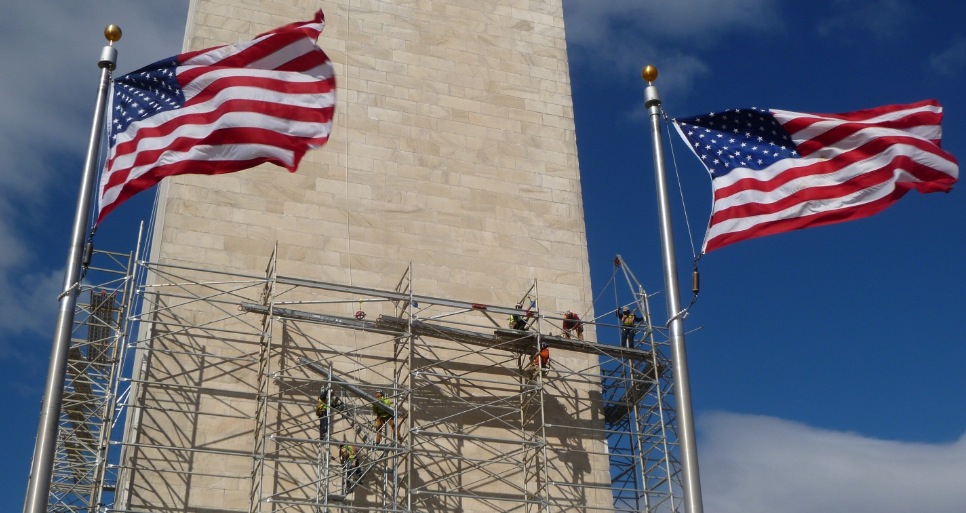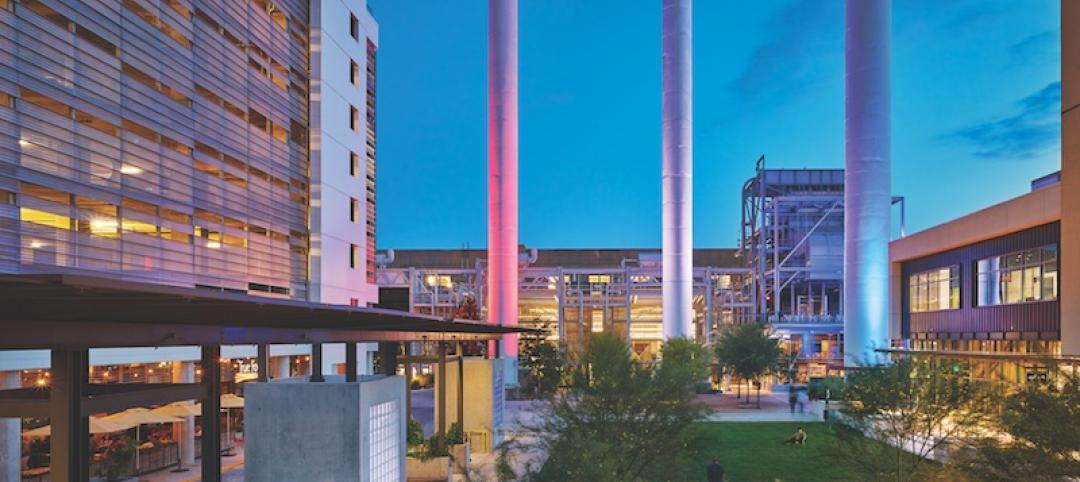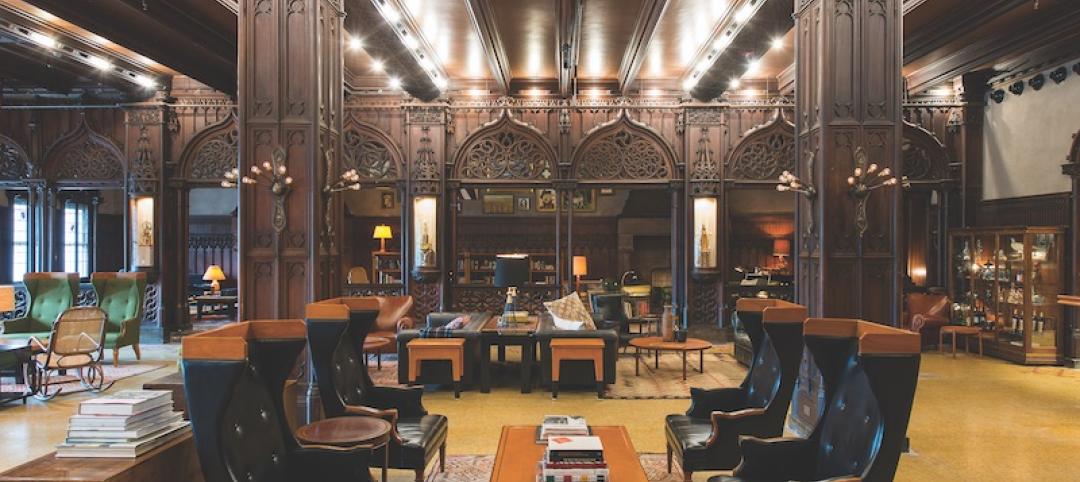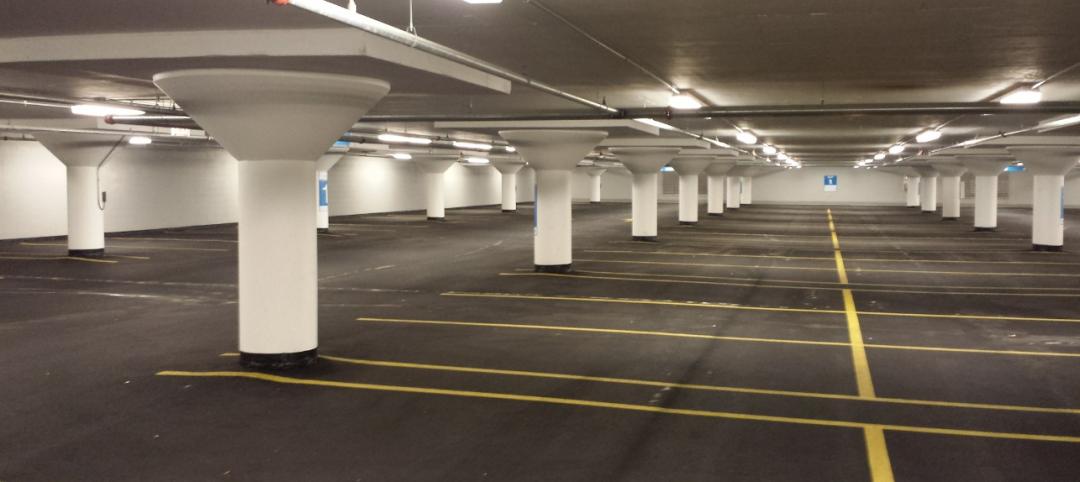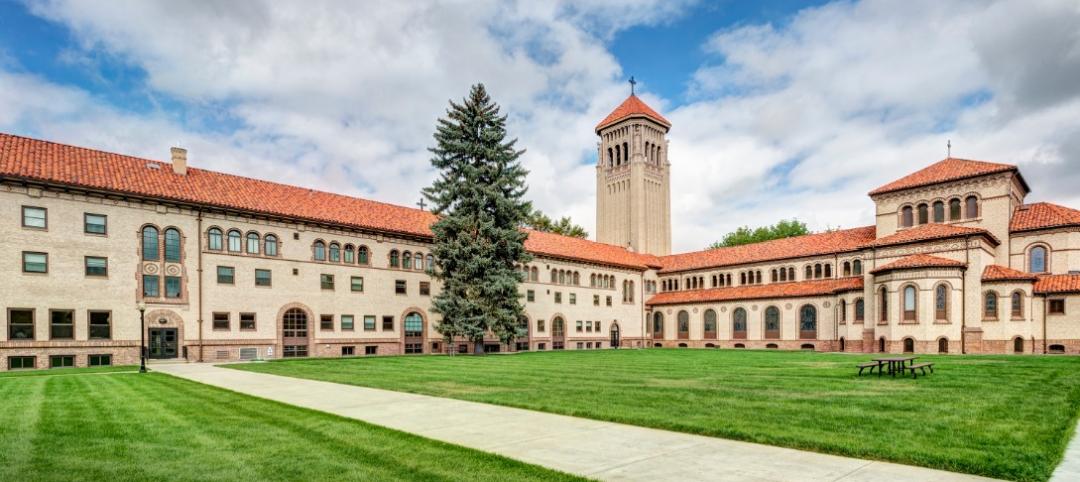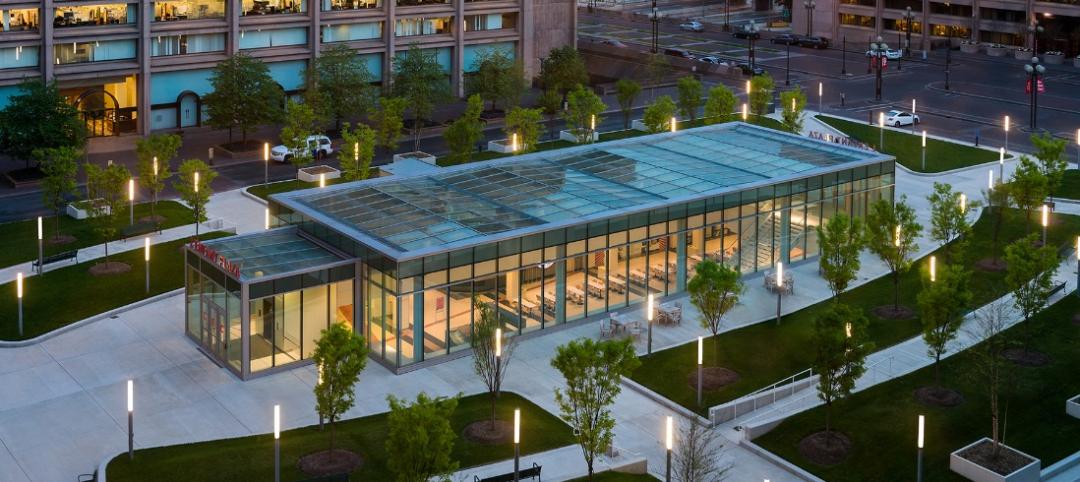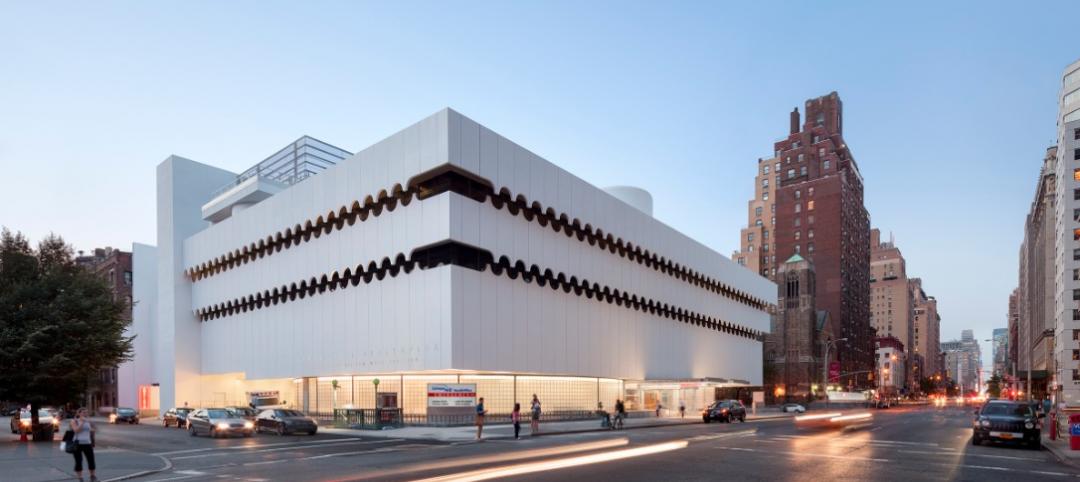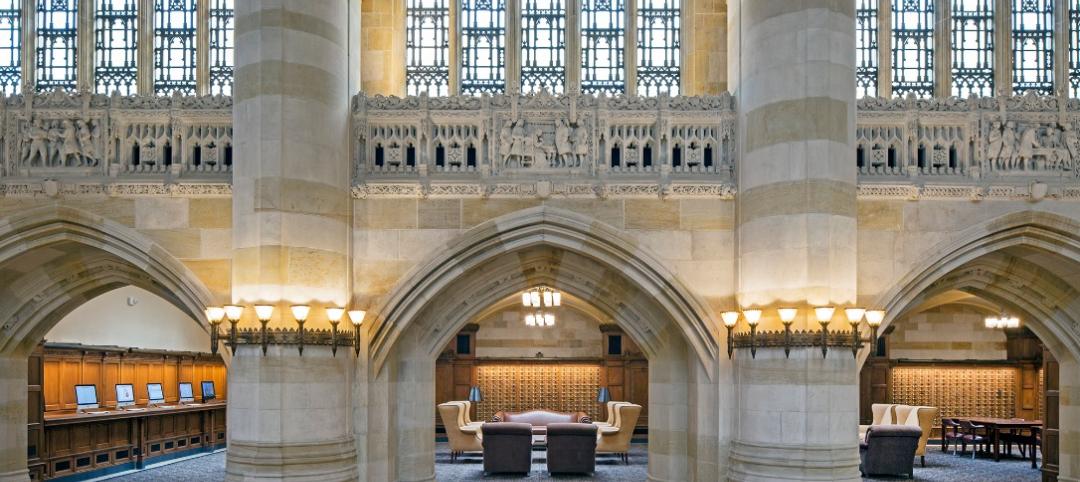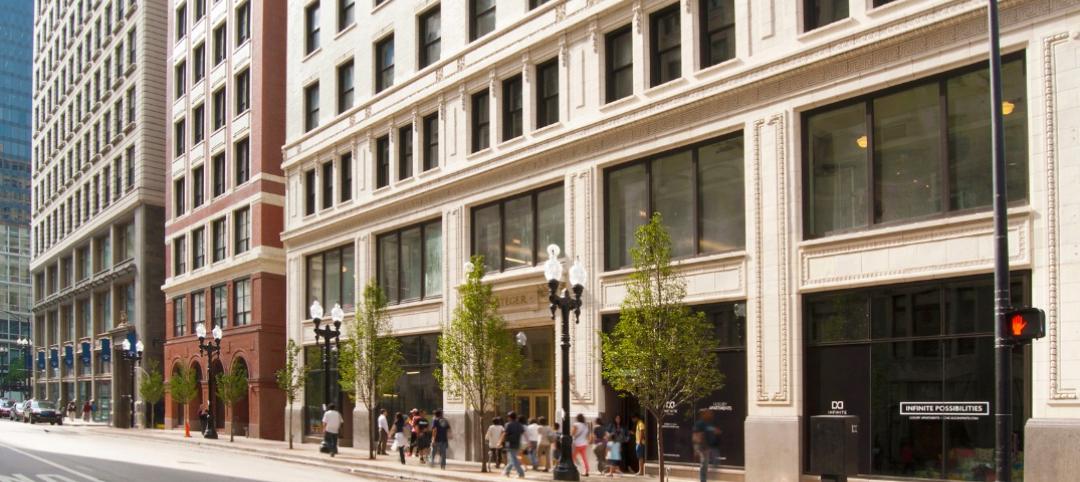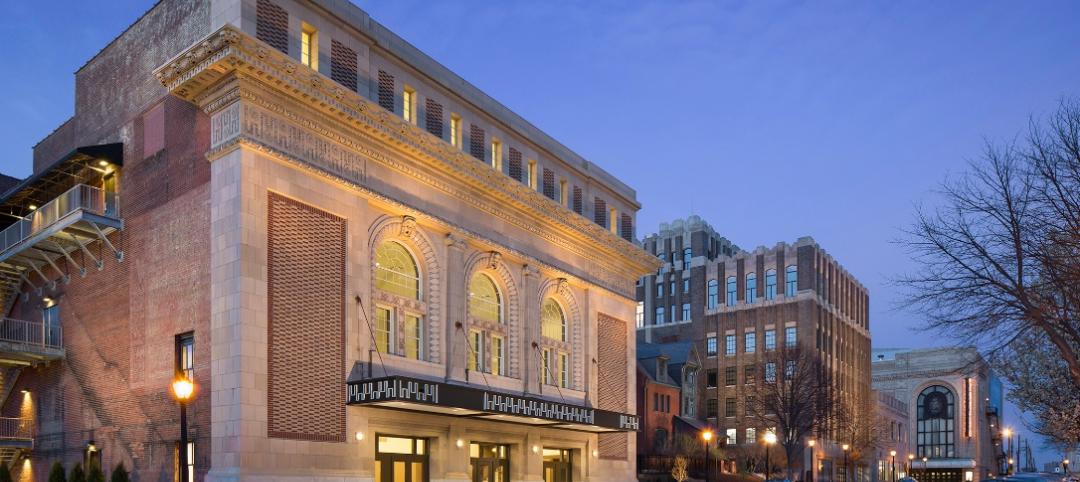On August 23, 2011, a magnitude-5.8 earthquake—the largest temblor east of the Rocky Mountains in more than a century—struck Louisa County, Va., causing significant damage to historic structures in Washington, D.C. Among the most severely affected was the Washington Monument. Cracks formed in the century-old stone at the top of the monument, and water damage was discovered inside the monument after Hurricane Irene hit the area later that month.
BRONZE AWARD
Building Team: Hill International (submitting firm, CM); National Park Service (owner); Wiss, Janney, Elstner Associates (architect); Tutor Perini (GC)
General Information: Size: 93,408 sf.
Construction cost: $11.3 million. Construction time: November 2011 to May 2014.
Delivery method: Design-bid-build
This restoration and repair project, which was completed under budget and eight days early (despite several setbacks), involved re-pointing 2.5 miles of mortar joints, repairing 1,200 linear feet of cracks, and installing 150 sf of Dutchman repairs.
For the initial damage assessment, a team of engineers rappelled down the outside of the monument and documented the damage using iPads. Once the scaffolding was installed, the team conducted more thorough reviews from the 490-foot level to the top of the monument, where the majority of the damage had occurred.
To keep costs within budget, the team carefully measured the unit price repairs and determined which were crucial and which were not. Available funding was reallocated to pay for scope additions that were deemed essential. The team also established uniform standards to serve as a baseline for repairs throughout the monument.
This process eliminated unnecessary aesthetic repairs, prevented scope creep, and ensured lasting repairs.
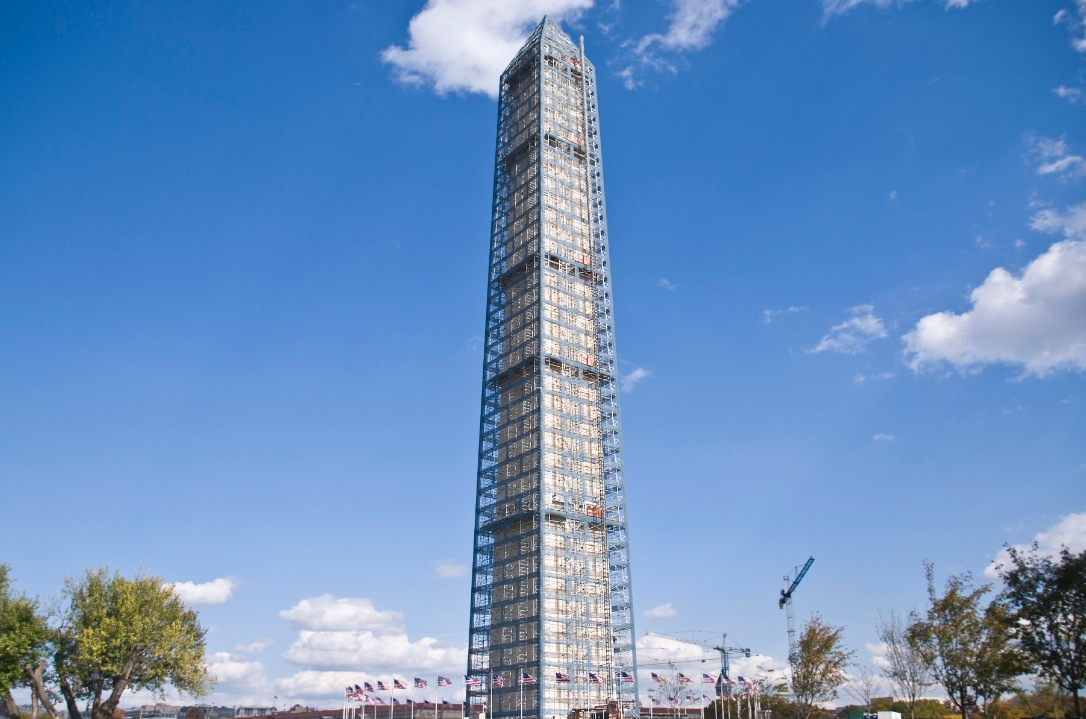
Related Stories
Reconstruction Awards | Nov 11, 2016
Adaptive reuse juices up an abandoned power plant
The power plant was on the National Register of Historic Places and is a Recorded Texas Historic Landmark.
Reconstruction Awards | Nov 11, 2016
Exclusive Chicago club re-emerges as a boutique hotel
Built in 1893 for the World’s Columbian Exposition, the CAA was an exclusive social club founded by leading figures in American sports and commerce.
Reconstruction Awards | Dec 1, 2015
Massive Chicago parking garage gets overdue waterproofing
Millennium Lakeside Garage, the largest underground parking facility in the U.S., hadn’t been waterproofed since the 1970s. The massive project took nearly 2½ years and 33,554 man-hours.
Reconstruction Awards | Nov 30, 2015
Denver's 107-year-old seminary campus modernized
The scope of the project included the seminary dorms, library, and chapel, all of which posed their own set of obstacles.
Reconstruction Awards | Nov 24, 2015
Center of I.M. Pei-designed plaza part of Washington redevelopment
The L’Enfant Plaza, a three-story below-grade mall, was renovated to include a new glass atrium pavilion and a 40-foot-long, interactive LED.
Reconstruction Awards | Nov 24, 2015
Manhattan's first freestanding emergency department a result of adaptive reuse
The Lenox Hill Healthplex, a restoration of the Curran O’Toole Building, has glass-block walls and a carefully preserved exterior.
Reconstruction Awards | Nov 19, 2015
Nave restored at Yale’s Sterling Memorial Library
Turner Construction and Helpern Architects revived the 150-foot-long nave, which was embellished with stained glass windows by G. Owen Bonawit, stone carvings by René P. Chambellan, and decorative ironwork by Samuel Yellin.
Reconstruction Awards | Nov 19, 2015
Infinite Chicago redevelopment bridges past to present
The renovation of three historic downtown buildings—the Gibbons and Steger Buildings and Pickwick Stables—includes a multi-level concrete walkway connection.
Reconstruction Awards | Nov 18, 2015
Sun Theater serves the youth of St. Louis
Lawrence Group and property owner TLG Beaux Arts raised $11 million to restore the 26,000-sf theater into a modern performance venue.
Reconstruction Awards | Nov 17, 2015
Smithsonian Institution’s Arts and Industries Building again an exposition and museum space
After removing decades’ worth of unfortunate additions to expose 17 historic interior spaces for the National Historic Landmark, the Building Team zoned in on the client’s key concern.


